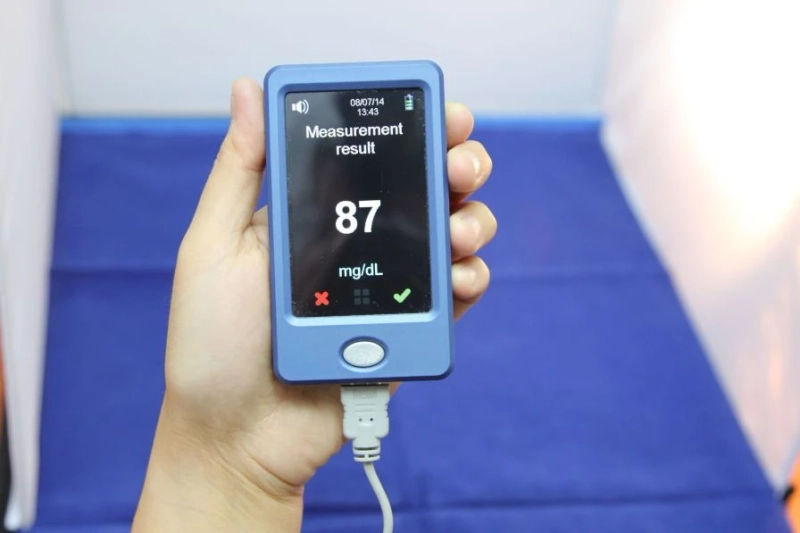A 1.5 mL blood sample is taken using lab equipment for the hexokinase technique. This approach cannot be used at home because it is not portable. The most popular approach is the finger prick method, which requires invasive finger pricking to get a drop of blood that can be distributed on a test strip and is accessible at home. This approach, nevertheless, isn't always reliable.
The use of Non-Invasive Blood Glucose Monitoring Devices to track extreme blood sugar swings can assist prevent negative consequences. All CGM devices must be implanted subcutaneously, hence none are entirely noninvasive and wearable. In order to prevent intrusive procedures and boost accuracy, new approaches to detecting blood glucose are being researched. The most promising methods are fluid harvesting from interstitial fluid, near-infrared light spectroscopy, far-infrared radiation spectroscopy, radio wave impedance, optical rotation of polarised light, and radio wave impedance. Each approach contains characteristics that can be used to forecast its commercial feasibility as well as technical challenges.
0


